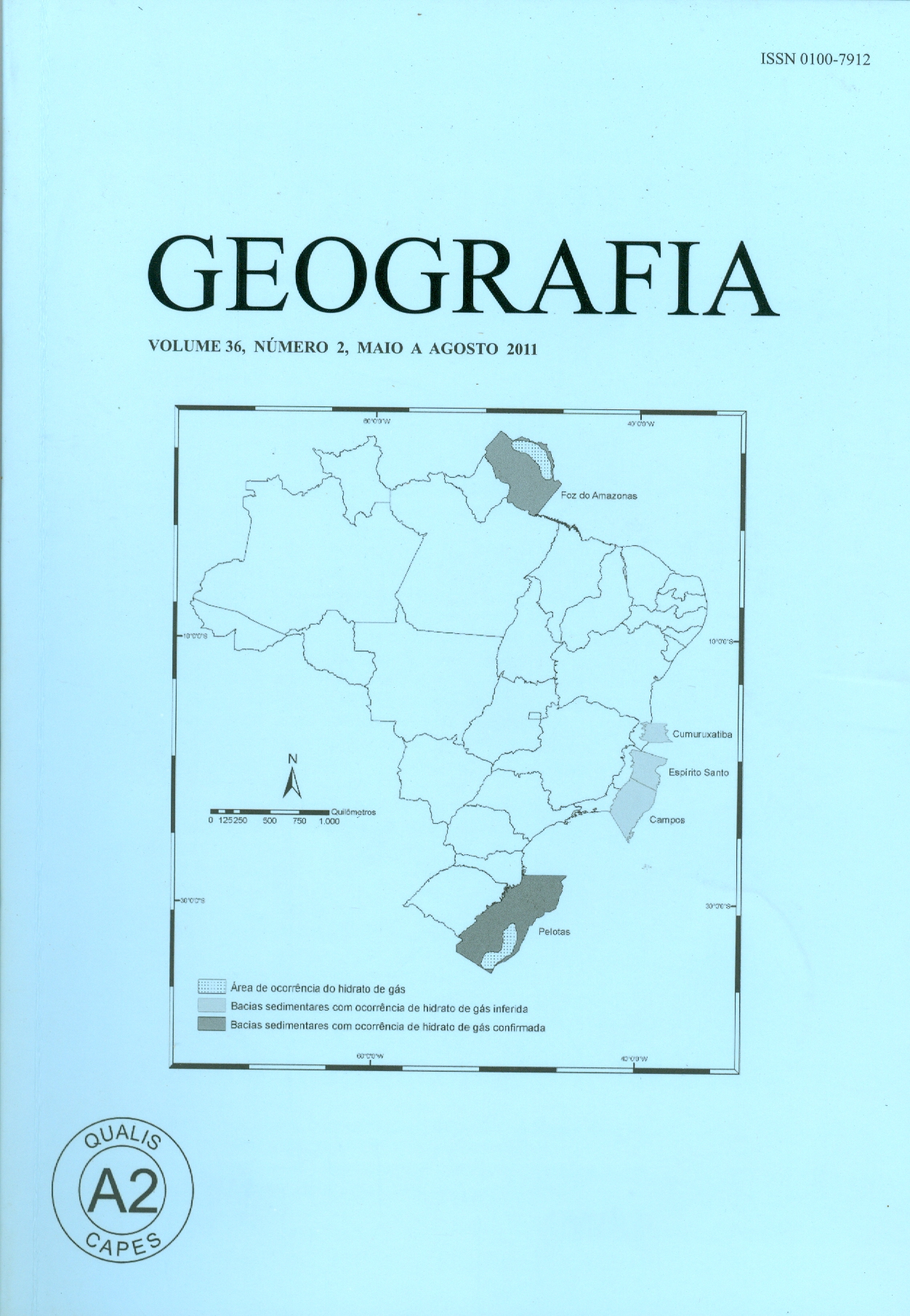COBERTURA FLORESTAL DO MUNICÍPIO DE RIO VERDE, GO: ESTRUTURA E COMPOSIÇÃO DA PAISAGEM ENTRE 2005 E 2008
Resumo
A expansão da agricultura e da pecuária no centro-oeste brasileiro ocorreu principalmente a partir da década de 1970, estimulada pelo II Plano Nacional de Desenvolvimento (II PND, 1975-1979) que, resultou num intenso desmatamento e fragmentação dos remanescentes das coberturas originais de Cerrado. A microrregião Sudoeste do estado de Goiás foi um dos alvos desse processo e se caracteriza por ser hoje uma região com notável produção agrícola. Nela, Rio Verde se destaca, não apenas por ter se tornado um produtor agropecuário importante, mas também pelo fato das transformações prosseguirem até recentemente, com expansão da agricultura, sobretudo para grãos e cana, entre 2005 e 2008. Desta forma, este trabalho objetiva avaliar o estado da fragmentação dos remanescentes de Cerrado no município de Rio Verde utilizando técnicas de geoprocessamento de ecologia da paisagem com o uso do software FRAGSTATSTM 3.3 e a fitossociologia. Os resultados permitiram constatar que a dinâmica econômica agropecuária do município de Rio Verde se mantém, pois não houve grande redução de áreas de Agricultura (0,6%) de 2005 para 2008. Pode observar ainda que 22% da paisagem do município de Rio Verde é constituída de fitofisionomias de Cerrado. A análise da vegetação mostrou que o município possui grande riqueza florística, entretanto houve grande variação florística entre os sítios estudados decorrente de fatores ambientais e de degradação observados em campo. Palavras-chave: Ecologia de paisagens. Geoprocessamento. Fragmentação. Fitossociologia. Forest cover of the city of Rio Verde, GO: structure and composition of landscape between 2005 and 2008 The expansion of agriculture and livestock in the central-western Brazil occurred from the 1970s, stimulated by the II National Development Plan or (II PND, 1975-1979) that resulted in intense deforestation and fragmentation of the remnants of the original roof the Cerrado. The microregion southwestern state of Goiás was one of the targets of this process and is now characterized as a region with significant agricultural production. Rio Verde stands out not only to have become a major agricultural producer, but also because of the changes continue until recently, with expansion of agriculture, especially for grains and sugar cane, between 2005 and 2008. Thus, this study was to evaluate the state of fragmentation of the remnants of Cerrado in the municipality of Rio Verde using the techniques of geoprocessing (maps of land use and over), ecology of the landscape with the use of software FragstatsTM 3.3 ande fitosociology. The results show that the dynamic agricultural economy of Rio Verde is maintained, because there was no significant reduction in the areas of agriculture (0.6%) from 2005 to 2008. You can also observe that 22% of the landscape of Rio Verde is made up of Cerrado vegetation. The analysis of vegetation showed that the city has great richness, however, there was great floristic variation between sites studied due to environmental factors and degradation observed in the field. Key Words: Landscape ecology. GIS. Fragmentation. Fitosociology.Downloads
Edição
Seção
Licença
Os autores mantém os direitos autorais e concedem à GEOGRAFIA o direito de primeira publicação, com os artigos simultaneamente licenciados sob a Licença Creative Commons BY 4.0, que permite o compartilhar e adaptar os artigos para qualquer fim, desde que sejam dados os créditos apropriados e as disposições dos direitos de imagem, de privacidade ou direitos morais. Outras atribuições legais podem ser acessadas em: https://creativecommons.org/licenses/by/4.0/legalcode.en.
Geografia, Rio Claro, SP, Brasil - eISSN 1983-8700 está licenciada sob a Licença Creative Commons BY 4.0





